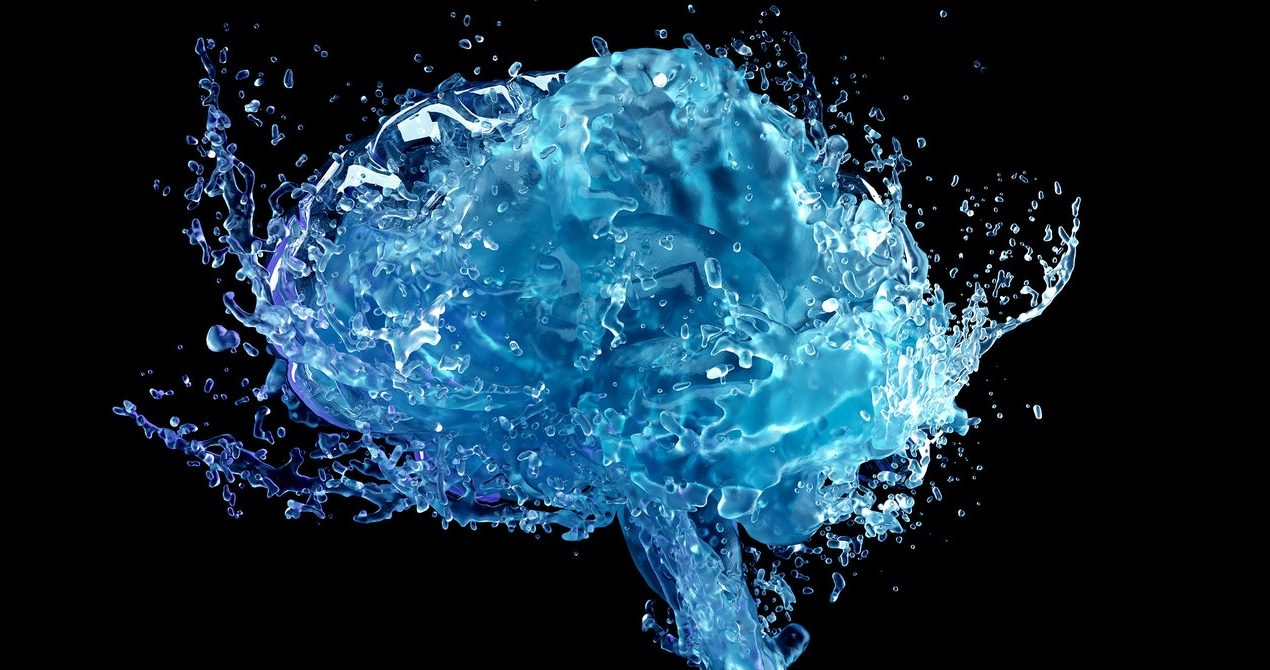Earlier this year, the stock-photo service provider Getty Images sued Stability AI over what Getty said was the misuse of more than 12 million Getty photos in training Stability’s AI photo-generation tool, Stable Diffusion.
Now Getty Images is releasing its own AI photo-generation tool, which will be available to its commercial customers. And it’s bringing in the big dog to do it: Nvidia.
Called simply Generative AI by Getty Images, the tool is paywalled on the Getty.com website. It will also be available through an API, so Getty customers can plug it into other apps. It’s designed strictly for commercial use; a photo editor or marketer might need to find a generic image of a sneaker or a smartphone, for example, and rather than use a straight stock image, they could prompt the tool to generate something new. (Getty has said it doesn’t expect news organizations will use it.)
The Getty AI tool is trained entirely on Getty Images—hundreds of millions of them—and uses Nvidia’s model architecture, Edify. Getty Images chief executive Craig Peters says that, because of the company’s partnership with Nvidia, “We had pretty much unlimited [graphics processing units], which is something that almost nobody has these days. We could go through numerous, numerous training runs with Nvidia and their team in order to get this thing right.”
Peters says Getty isn’t paying for access to Nvidia’s technology, nor is Nvidia paying Getty for its content. “We’re partners. Just partners.”
By launching this tool, Getty is competing with rival Shutterstock, which has partnered with OpenAI to allow the latter to train its Dall-E models on Shutterstock images; as well as Adobe, which recently put its generative AI engine, Firefly, into Photoshop. Adobe Firefly is trained on “hundreds of millions of high-resolution Adobe Stock images, openly licensed content, and public domain content where copyright has expired,” according to Adobe’s website.
Artistic License
Getty’s plunge into the AI photo pool raises questions about the ethics of training an AI model on more than two decades’ worth of photographers’ images and how companies exploring this business model will ultimately pay those photographers.
On the licensing end, Peters insists that Getty’s AI photo generator is different from other AI image tools because Getty has cleared the legal rights to the photos that are being used to train the models. “It’s commercially clean, and that gives us the ability to stand behind it 100 percent,” he says. “So if you want to use generative AI to be more creative and explore different boundaries, Getty Images is the only offering out there that is fully indemnified.” That means if a customer downloads and uses an AI-generated Getty image, and a Getty contributor points out that it looks a lot like their original artwork, Getty is promising the customer that they’re covered by Getty’s royalty-free licensing agreements.
Getty also said in a press release that customers using the tool will have the right to perpetual, worldwide, nonexclusive use of the images and that new content generated by AI will not be added into Getty’s existing content libraries for others to use.
Source




